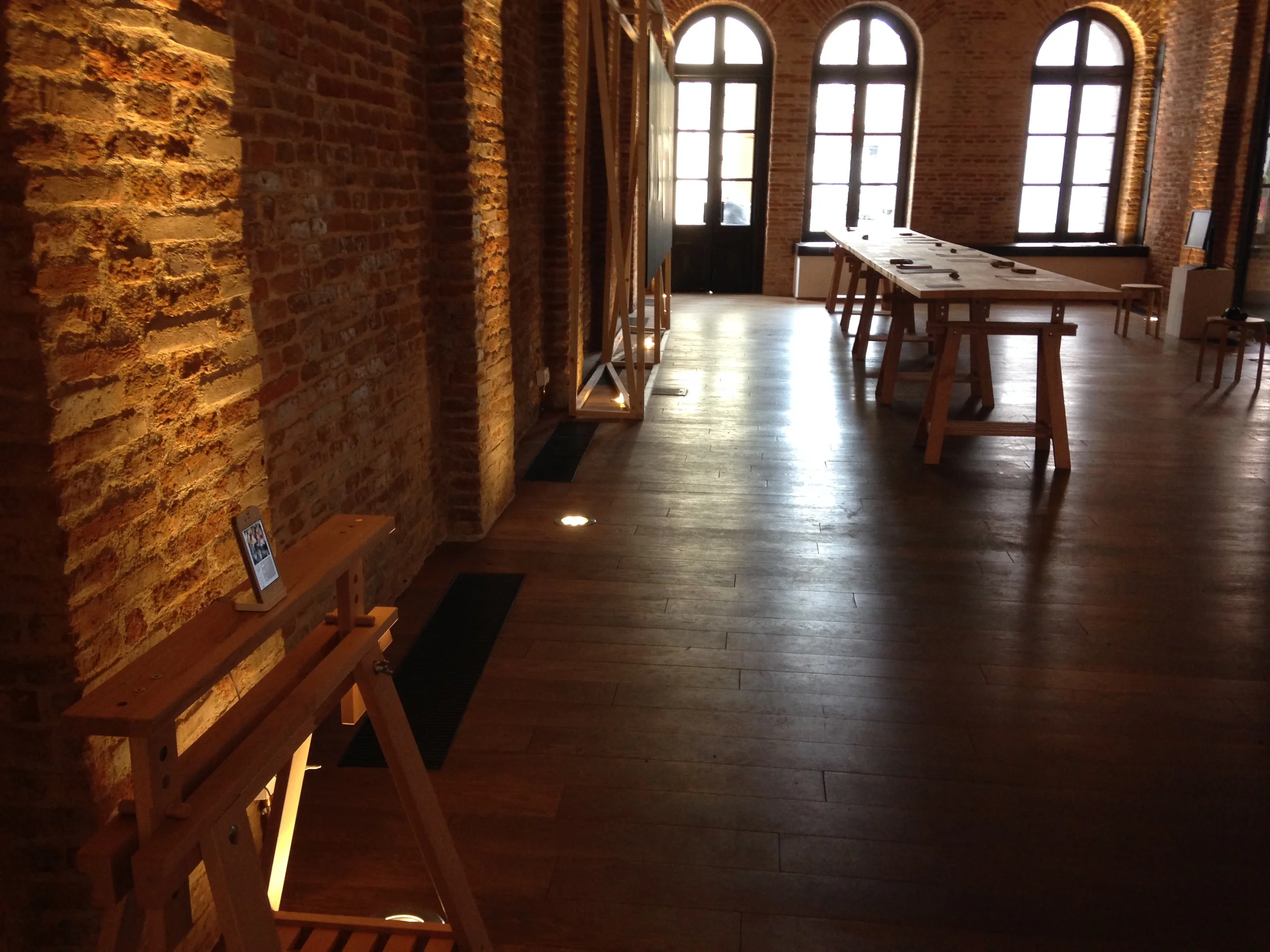The Forgetting Machine
2013-2016
The memory is less like a movie, a permanent emulsion of chemicals on celluloid, and more like a play—subtly different each time it’s performed. In my brain, a network of cells is constantly being reconsolidated, rewritten, remade. That two-letter prefix changes everything.
Jonah Lehrer, “The Forgetting Pill” (2012)
In The Forgetting Machine, an iPhone app commissioned by the new media arts organization Rhizome, I imagine a space in which reconsolidation, a theory proposed by scientist Karim Nader, governs not only our biological memories but also the prosthetic memory objects we circulate using social media. The site for this interaction is the mobile phone, the device we use to capture, store, and share our personal digital memory objects. Users download and install the application and take photographs using the phone’s camera. Each time they view their photograph or press the refresh button, the photograph displayed becomes slightly obscured or blurred. Through the user's act of use or refresh the original becomes inaccessible and is replaced by a new original. Over time this image becomes unrecognizable.
This project responds to a culture defined by the networks of social media that provide a stage for the global circulation of memory objects. Within this culture forgetting becomes a radical act. Forgetting functions as counterproductive to the infrastructure of memory preservation produced by archives, conservation and restoration experts, databases, and scrapbook artists. By synchronizing public and private memories through their simultaneous decay, The Forgetting Machine creates a possibility for forgetting in both the public and private spheres.
Download The Forgetting Machine









Detail, ios8, 2013